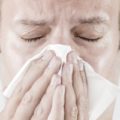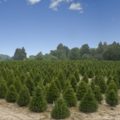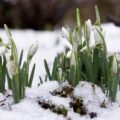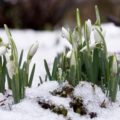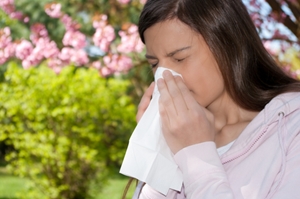
Many people across the northern U.S. are currently having a difficult time predicting the weather. Temperatures have hovered close to freezing some days but have risen to spring-like conditions on others. Yet, while people are having trouble trying to decide between wearing pants and shorts, they do know what's right around the corner: spring allergies.
Unlike other years, this winter's El Niño has and will continue to play a significant impact on allergy season. Most years, cold winters kill pollen-producing plants. This is a result of a deep freeze that takes place coupled with snow. Without this freeze, ragweed was left unchallenged, and it continued to shoot pollen into the air.
According to the Advanced Healthcare Network, which cited Murray Grossman, MD, an ear, nose and throat specialist at Cedars-Sinai Medical Center in Los Angeles, trees are already beginning to wake up from their winter slumber.
"Certain trees are blooming that shouldn't be, and instead of tree A in April and tree B in May, they are all blooming at once possibly in March," noted Grossman. "If you kept a careful Pollen Calendar last year, it is of little use today. Even PollenCalendar.com is not keeping up."
The warm weather is thawing out what would be frozen grounds across the country—a situation that trees and plants love. The ideal conditions are encouraging plant species to release pollen much earlier than normal.
Common spring symptoms include wheezing, itchy eyes, nasal congestion and nasal pressure. If you want to get your allergies under control, start doing so now! It's best to attack allergies before they attack you by getting into an allergy-managing routine. This includes talking to an allergy specialist, taking medicines when recommended and protecting yourself and your home from allergens.
For more allergy solutions, visit Allergy Be Gone's store for a wide range of allergy control products.

